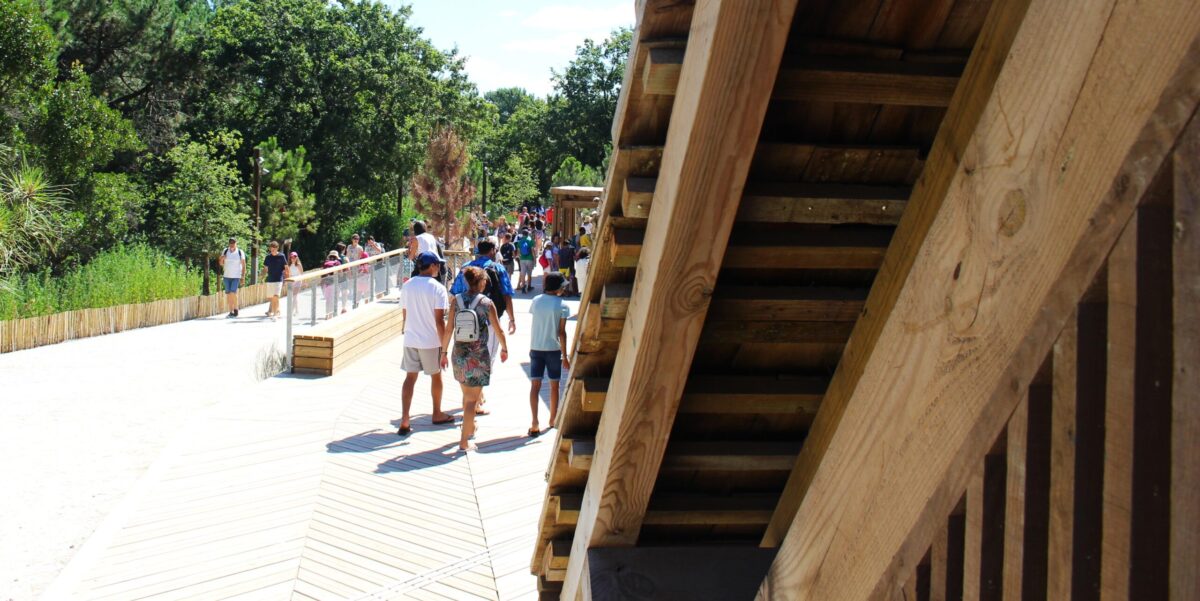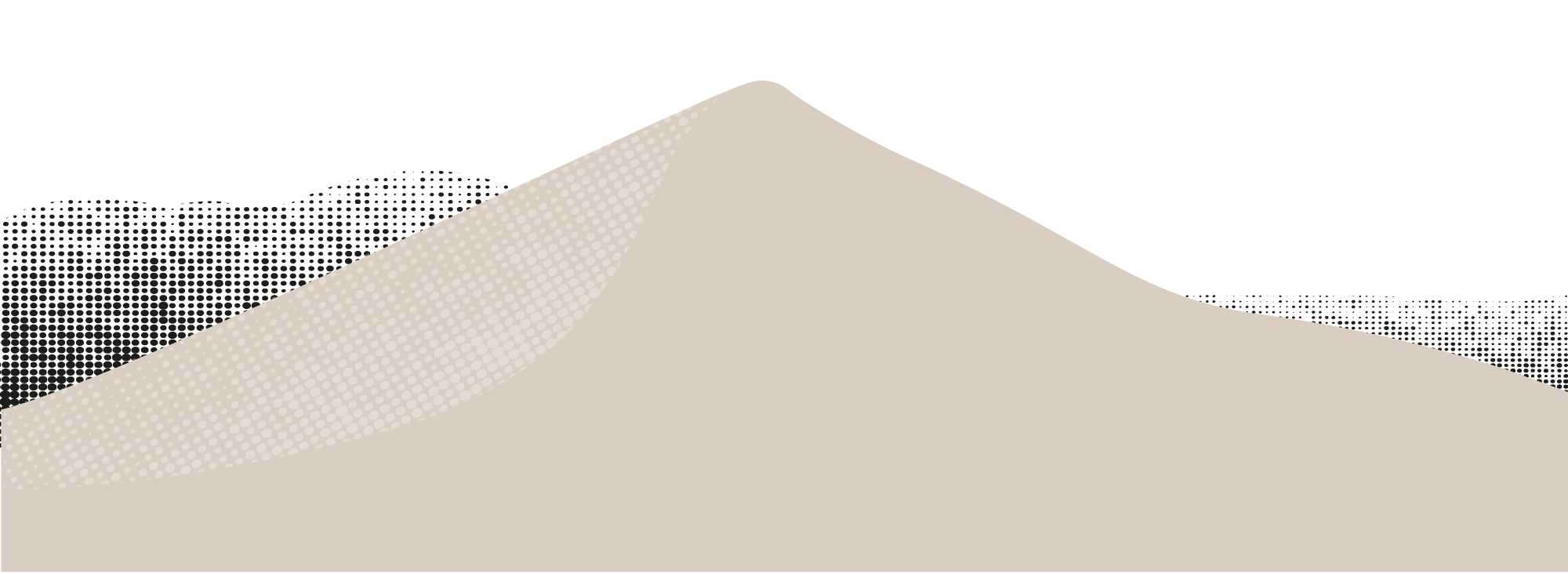Labeled “bike reception” since 2016, the reclassified reception area has encouraged soft mobility. A cycle path at the entrance to the site, under forest cover and away from vehicle traffic, connected to the original cycle path towards Pyla-sur-Mer, as well as several bicycle parking facilities have thus been created.
On the pedestrian side, a main axis now crosses the entire site from East to West, from the bus stop at the arrival roundabout to the village of cabins. It is designed as a wide comfortable walk, readable and continuous. The floors of the secondary paths were made in stabilized reinforced or in chips bark to protect soil from erosion.
Finally, the rehabilitation of the reception area extends to the parking lot, the main financial resource of the Mixed Union. From now on, for most of the year, the site is peaceful with cars parked at a greater distance. Pedestrian, bicycle and automobile flows are therefore separated.
Revalorizing the existing and integrating it as best as possible into the landscape: these are the key words of the work carried out around the village of cabins to offer visitors an experience worthy of the heritage value of the Grand Site. Completely brought up to standard, the village is now accessible to everyone and fits perfectly into the landscaped environment. The original structure of all the cabins has been preserved, their facades and their pine shingle roofs have been entirely renovated. The former “village street” has become crossing and is punctuated by plots in order to sequence spaces and avoid points of concentration.
Concerning the commercial offer, 3 restaurants, 3 takeaway shops and 2 cultural shops have taken place within the village of cabins.
One new tour route, comprising 5 discovery stages, marks the visitors' path from the entrance to the reception area to the Dune. It helps guide the public, give meaning to the visit, and extend the scope and intensity of the experience.
In addition, two cabins located at the entrance to the village are dedicated towelcome et al'visitor information, another at the west end, for schools, and opens to the general public during school holiday periods to discover the heritage features of the Grand Site.
The whole is now accessible to the visitor who has become a pedestrian, understandable and coherent through the scenographic elements and the choice of furniture.
These rehabilitation works illustrate 20 years of public policy included in the process “Great Site of France”, initiated by the Syndicat Mixte de la Grande Dune du Pilat, manager of the Dune du Pilat. The Mixed Union is currently undertaking the process of applying for the Grand Site de France label by submitting an application file. The Dune du Pilat would thus join the labeled sites of Nouvelle-Aquitaine such as the Marais Poitevin, the Vézère Valley and the Charente Estuary, Arsenal of Rochefort.
The second life of oyster shells from the Arcachon Bay
During the requalification of the reception space in 2022 and 2023, more than 5,000 m2 of existing mineral surfaces have been demolished! Beyond the village of cabins, this rehabilitation was carried out in favor of more fluid traffic and pedestrian paths on specific sites. The large promenade which runs through the reception area was the subject of an innovative project. In collaboration with the Arcachon Aquitaine Regional Shellfish Culture Committee (CRCAA) and thanks to research work from the University of Pau and Pays de l'Adour (UPPA), part of it was made from oyster shell concrete.
A real innovation for this concrete made with crushed “Arcachon Bassin” oyster shells which completely replace the aggregates!
Between 2018 and 2021, the CRCAA co-financed the production of a thesis with ISA BTP/LFCR/SIAME (UPPA laboratories), for the identification of avenues for valorizing oyster shells in the formulation of concrete. .
The originality of the approach lies in the replacement of all the aggregates with crushed oyster shell. The results demonstrated that shell concrete presents a mechanical behavior which is entirely compatible for different uses, in particular for paving. The compressive and bending strengths are satisfactory for continuing research and considering the creation of the first full-scale demonstrators.
The CRCAA, the Syndicat Mixte and the ISA BTP/LFCR have therefore joined forces to create a pedestrian path in concrete made from oyster shells from the Arcachon Bay. The CRCAA thus collected and made available 60m3 of shells which were crushed and incorporated by Edycem into the concrete. The latter was then applied by the CMR company following the formulations proposed by the laboratory.
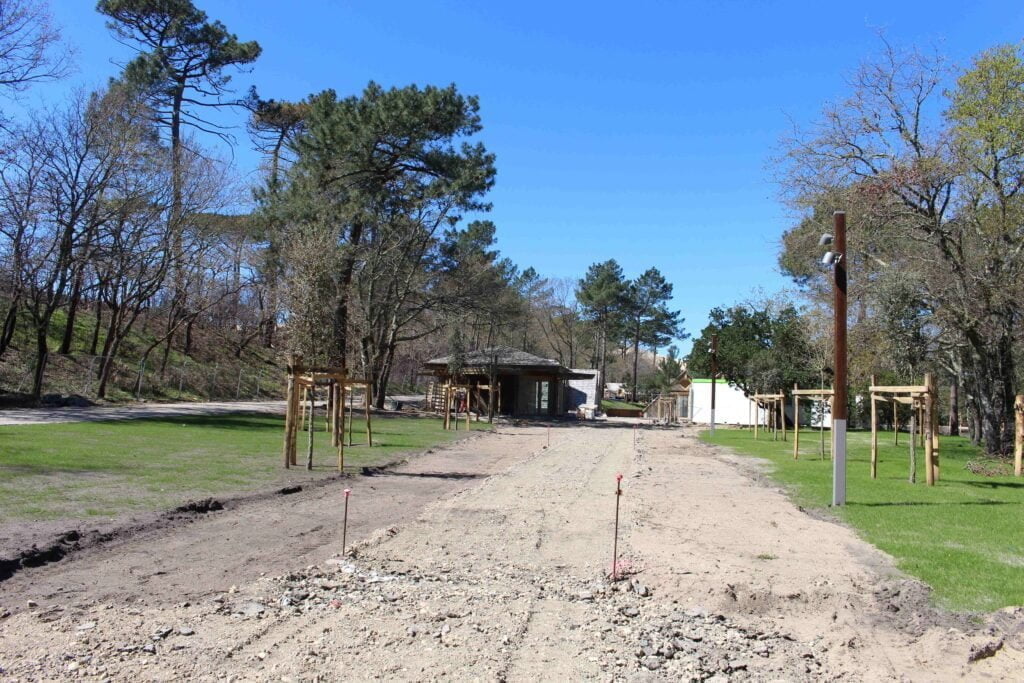
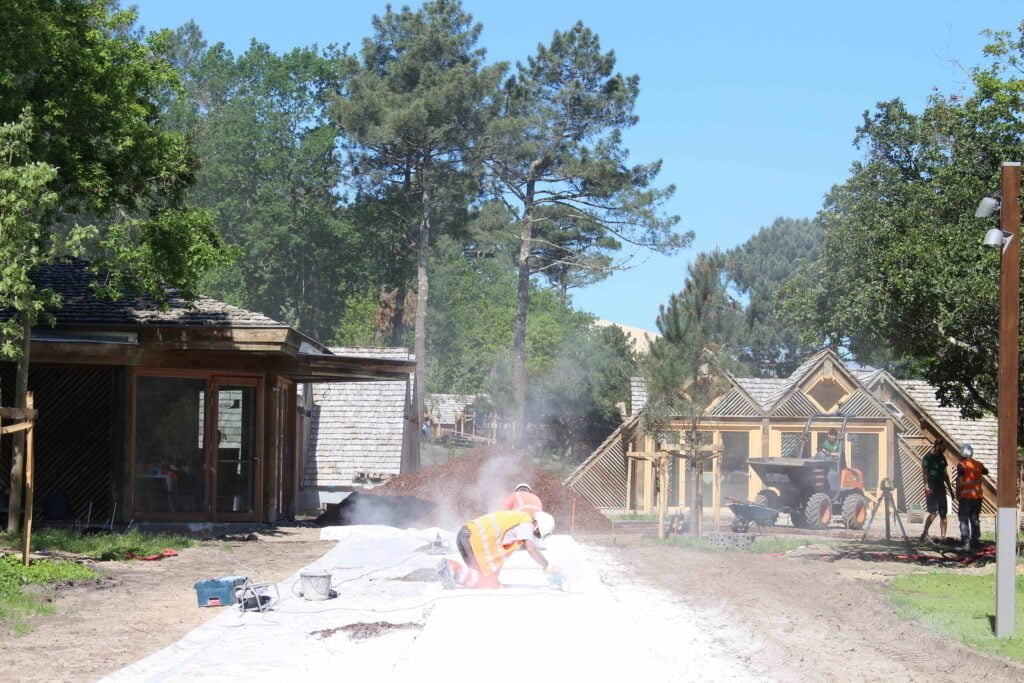
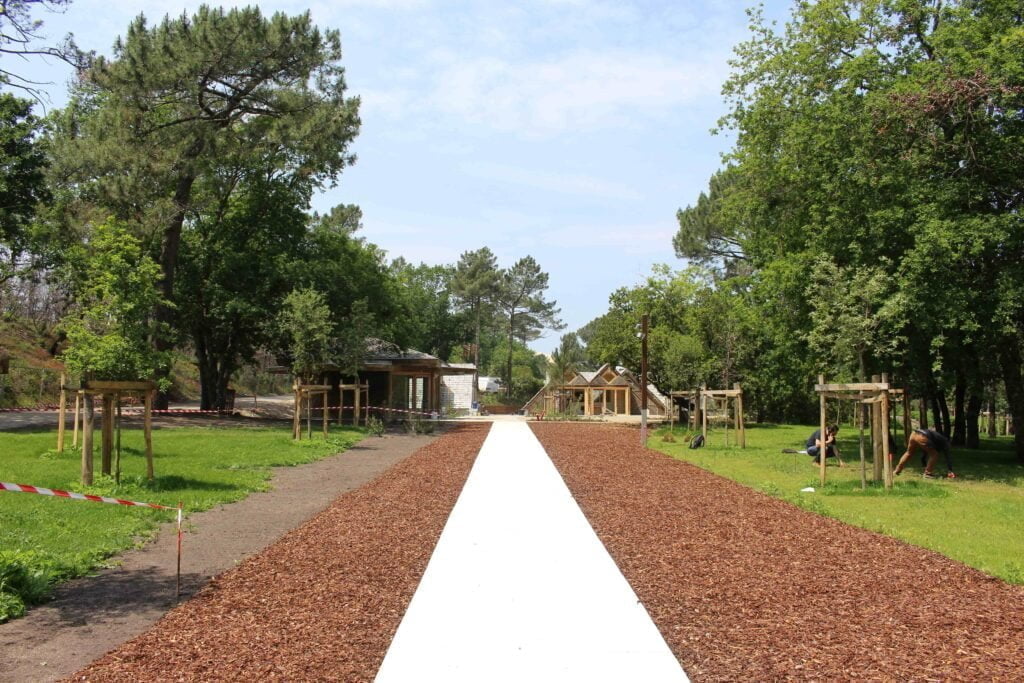
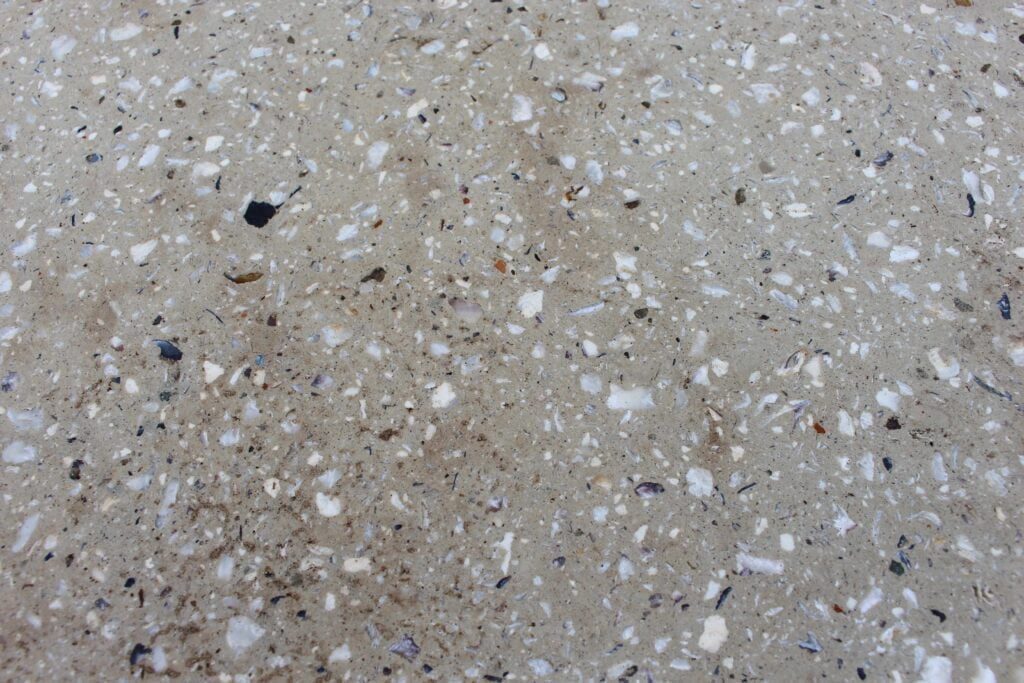
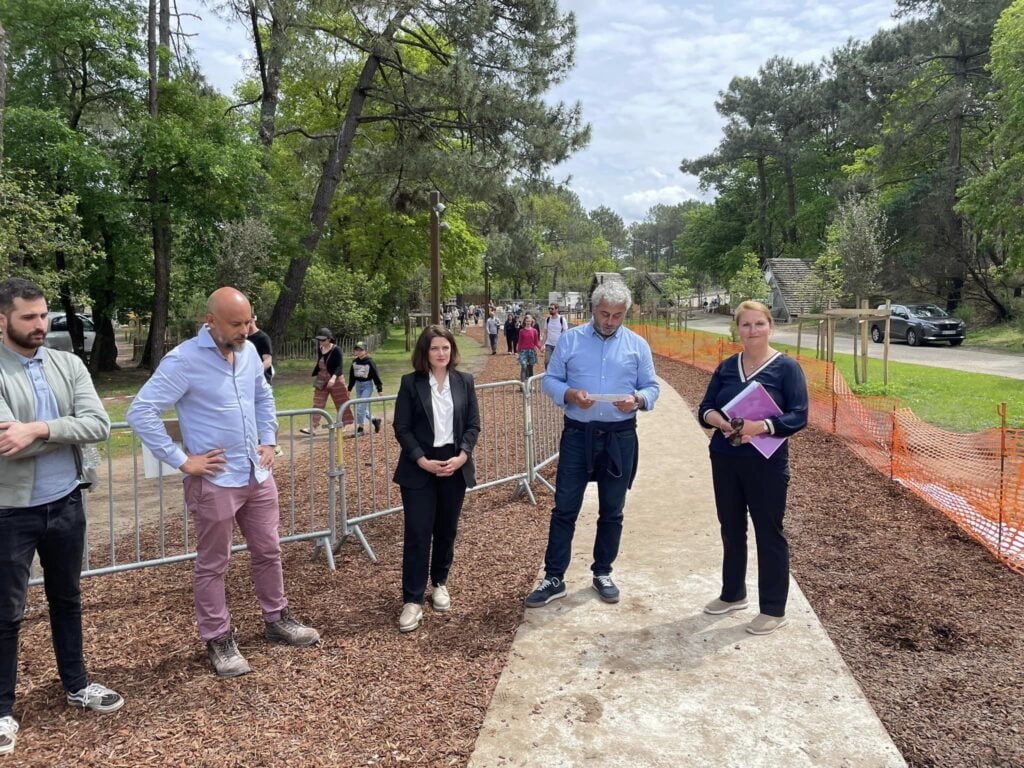
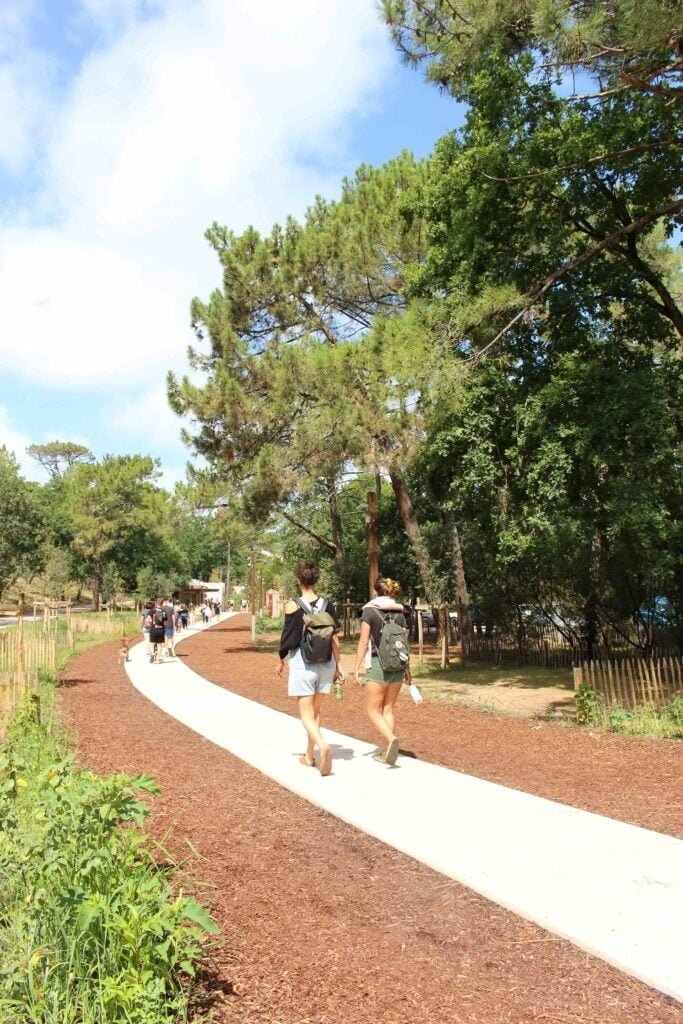
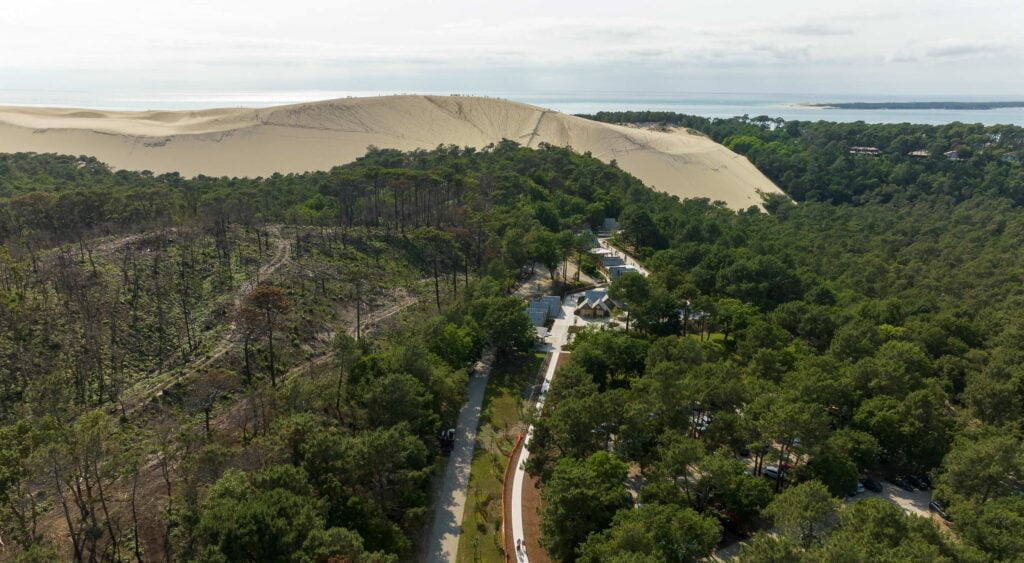
A proven environmental interest
Composed of water, a small proportion of cement and crushed oyster shells, this concrete has proven environmental benefits.
These aesthetic characteristics are also quite interesting thanks to the mother-of-pearl that lines the inside of the shells. The CRCAA collects and recycles approximately 3,000 tonnes of shells per year from the Arcachon region as a whole.
Beyond the valorization of oyster shells in a short circuit, this material is a real resource for different applications, from construction to landscaping through animal feed.








